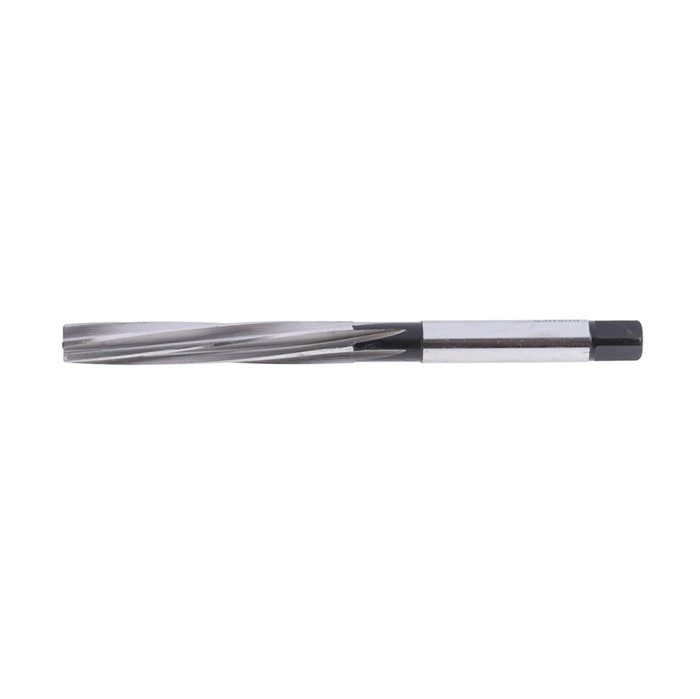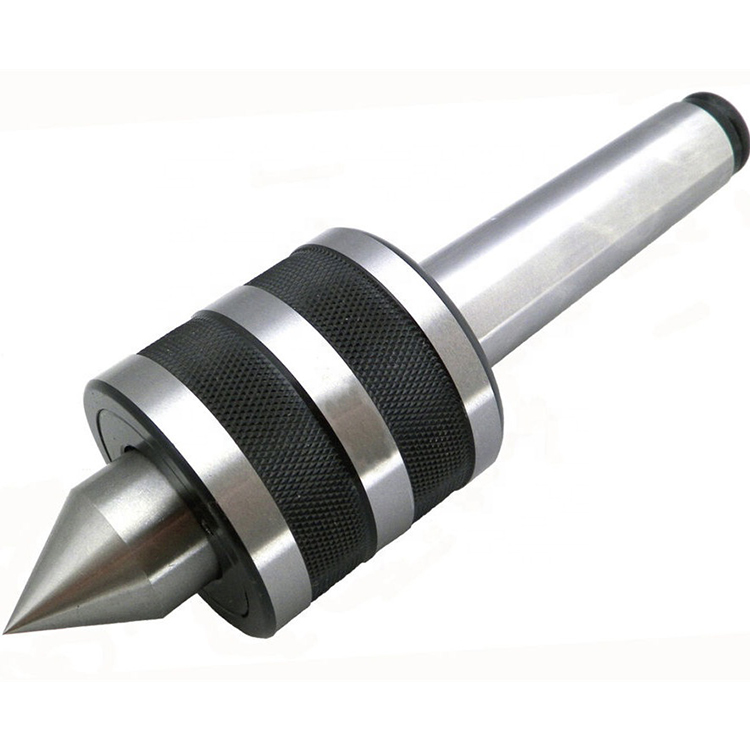plug and ring gauges Manufacturer
Plug and ring gauges are essential tools for ensuring the accuracy and interchangeability of threaded and plain parts. They provide a quick and reliable method for verifying whether a part's dimensions fall within specified tolerances, crucial for quality control in manufacturing. This guide explores the different types of plug and ring gauges, their applications, and key considerations for selecting the right gauge for your needs, with a focus on manufacturers like Wayleading Tools who specialize in high-quality precision measurement tools.
Understanding Plug Gauges
Plug gauges, also known as pin gauges, are cylindrical gauges used to check the internal dimensions of a hole. They come in two main types: GO and NO-GO.
GO Plug Gauges
A GO plug gauge represents the maximum material condition (MMC) for the hole, meaning it checks the lower limit of the hole's diameter. If the GO gauge passes through the hole without undue force, it indicates that the hole is large enough.
NO-GO Plug Gauges
A NO-GO plug gauge represents the least material condition (LMC) for the hole, checking the upper limit of the hole's diameter. If the NO-GO gauge does not pass into the hole, it indicates that the hole is not too large.
Types of Plug Gauges
- Plain Plug Gauges: Used for checking plain holes.
- Thread Plug Gauges: Used for checking the internal threads of a hole.
- Taper Plug Gauges: Used for checking tapered holes.
Understanding Ring Gauges
Ring gauges are circular gauges used to check the external dimensions of a shaft or other cylindrical part. Similar to plug gauges, they also come in GO and NO-GO variations.
GO Ring Gauges
A GO ring gauge represents the maximum material condition (MMC) for the shaft, checking the upper limit of the shaft's diameter. If the GO gauge passes over the shaft without undue force, it indicates that the shaft is small enough.
NO-GO Ring Gauges
A NO-GO ring gauge represents the least material condition (LMC) for the shaft, checking the lower limit of the shaft's diameter. If the NO-GO gauge does not pass over the shaft, it indicates that the shaft is not too small.
Types of Ring Gauges
- Plain Ring Gauges: Used for checking plain shafts.
- Thread Ring Gauges: Used for checking the external threads of a shaft. You can find reliable thread ring gauges here.
- Taper Ring Gauges: Used for checking tapered shafts.
Applications of Plug and Ring Gauges
Plug and ring gauges are widely used across various industries for quality control and dimensional verification. Some common applications include:
- Automotive: Checking the dimensions of engine components, shafts, and other critical parts.
- Aerospace: Ensuring the accuracy of aircraft components and fasteners.
- Manufacturing: Verifying the dimensions of machined parts, castings, and forgings.
- Oil and Gas: Inspecting the threads and dimensions of pipes, valves, and fittings.
- Medical Devices: Ensuring the precision of medical implants and instruments.
Selecting the Right Plug and Ring Gauges
Choosing the correct plug and ring gauges is essential for accurate measurement and reliable quality control. Consider the following factors when selecting gauges:
- Material: Gauges are typically made from hardened steel or carbide. Choose a material that is appropriate for the application and the material being measured.
- Tolerance: Select gauges with tolerances that are tighter than the tolerances of the parts being measured.
- Size and Type: Choose the correct size and type of gauge for the specific feature being measured (e.g., plain, threaded, tapered).
- Calibration: Ensure that the gauges are calibrated regularly to maintain accuracy.
- Manufacturer Reputation: Opt for reputable plug and ring gauges manufacturers like Wayleading Tools, known for their precision and quality.
Benefits of Using Plug and Ring Gauges
Using plug and ring gauges offers several advantages over other measurement methods:
- Speed and Efficiency: Gauges provide a quick and easy way to check dimensions, reducing inspection time.
- Simplicity: Gauges are simple to use and require minimal training.
- Repeatability: Gauges provide consistent and repeatable measurements.
- Cost-Effectiveness: Gauges are a relatively inexpensive way to ensure quality control.
Maintenance and Care of Plug and Ring Gauges
Proper maintenance and care are essential for preserving the accuracy and extending the lifespan of plug and ring gauges:
- Cleaning: Clean gauges regularly with a soft cloth and a suitable cleaning solution.
- Storage: Store gauges in a clean, dry environment to prevent corrosion.
- Handling: Handle gauges with care to avoid dropping or damaging them.
- Calibration: Calibrate gauges regularly according to the manufacturer's recommendations.
Plug and Ring Gauges: Tolerance Grades
Tolerance grades for plug and ring gauges are specified using a system that defines the acceptable variation in size. These grades are essential for maintaining quality control and ensuring interchangeability of parts. Common tolerance grades include:
- XX (Ultra Precision): The highest level of precision, used for critical applications where extremely tight tolerances are required.
- X (Precision): High precision gauges used for accurate measurements in precision engineering.
- Y (Close Fit): Used for close fit applications requiring good precision.
- Z (Medium Fit): General purpose gauges used for a wide range of applications where moderate precision is sufficient.
- ZZ (Running Fit): Used for running fits where some clearance is acceptable.
The selection of the appropriate tolerance grade depends on the specific application and the required level of precision. Higher precision grades (like XX and X) are more expensive but offer the most accurate measurements.
Troubleshooting Common Issues with Plug and Ring Gauges
Even with proper use and maintenance, issues can arise with plug and ring gauges. Here are some common problems and their solutions:
- Gauge Not Passing: If a GO gauge doesn't pass, check for burrs or debris on the part or the gauge. Clean both thoroughly. If the issue persists, the part may be out of tolerance.
- Gauge Too Loose: If a GO gauge passes too easily or a NO-GO gauge passes, the part is likely out of tolerance. Verify the gauge's calibration and the part's dimensions.
- Gauge Damage: Inspect gauges regularly for signs of damage, such as chips, cracks, or wear. Damaged gauges should be replaced or recalibrated.
- Contamination: Keep gauges clean and free from contaminants like oil, dirt, and metal particles, which can affect accuracy.
Conclusion
Plug and ring gauges are invaluable tools for ensuring the accuracy and quality of manufactured parts. By understanding the different types of gauges, their applications, and key considerations for selection and maintenance, manufacturers can effectively use these tools to improve their quality control processes. When sourcing plug and ring gauges, consider reputable plug and ring gauges manufacturers like Wayleading Tools, who can provide high-quality gauges and expert advice.
Related products
Related products
Best selling products
Best selling products-
 25PCS DIN338 HSS Twist Drill Bit Set From 1-13mm
25PCS DIN338 HSS Twist Drill Bit Set From 1-13mm -
 9PCS Broken Tap Extractor Set With Storage Box
9PCS Broken Tap Extractor Set With Storage Box -
 Precision Dial Caliper Of Metric & Imperial For Industrial
Precision Dial Caliper Of Metric & Imperial For Industrial -
 QM ACCU-Lock Precision Machine Vises With Swivel Base
QM ACCU-Lock Precision Machine Vises With Swivel Base -
 CCMT Turning Insert For Indexable Turning Tool Holder
CCMT Turning Insert For Indexable Turning Tool Holder -
 Type B Light Duty Deburring Tool Set With Deburring Holder And Deburring Blade
Type B Light Duty Deburring Tool Set With Deburring Holder And Deburring Blade -
 HSS Inch Concave Milling Cutter For Industrial
HSS Inch Concave Milling Cutter For Industrial -
 Precision IP67 Digital Caliper With Data Output For Industrial
Precision IP67 Digital Caliper With Data Output For Industrial -
 7pcs Carbide Turning Tool Set With Metric & Inch Size
7pcs Carbide Turning Tool Set With Metric & Inch Size -
 HSS Inch Hand Reamer With Straight Or Spiral Flute
HSS Inch Hand Reamer With Straight Or Spiral Flute -
 HSS Inch Hand Reamer With Straight Or Spiral Flute
HSS Inch Hand Reamer With Straight Or Spiral Flute -
 Parting & Grooving Tool Set With SLTB Blcok, NCIH Blades, GTN Inserts
Parting & Grooving Tool Set With SLTB Blcok, NCIH Blades, GTN Inserts










